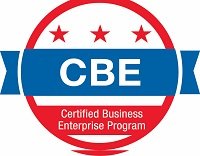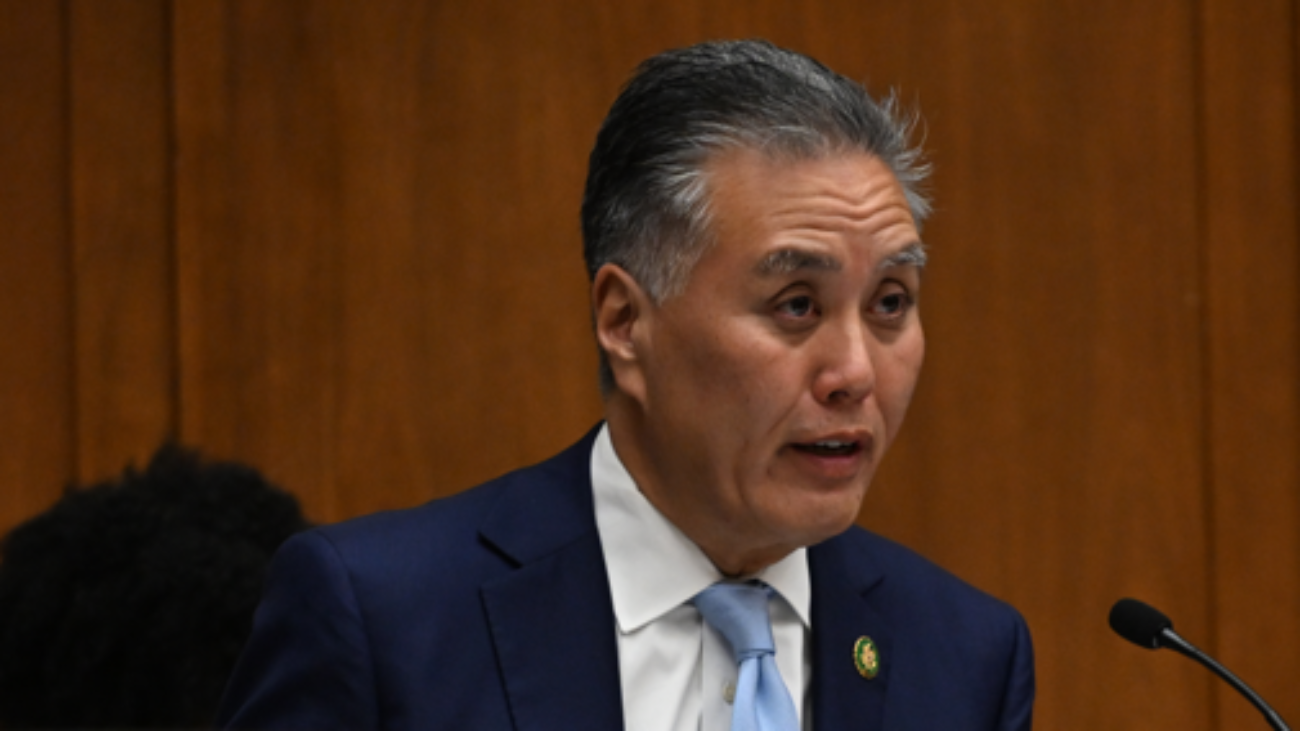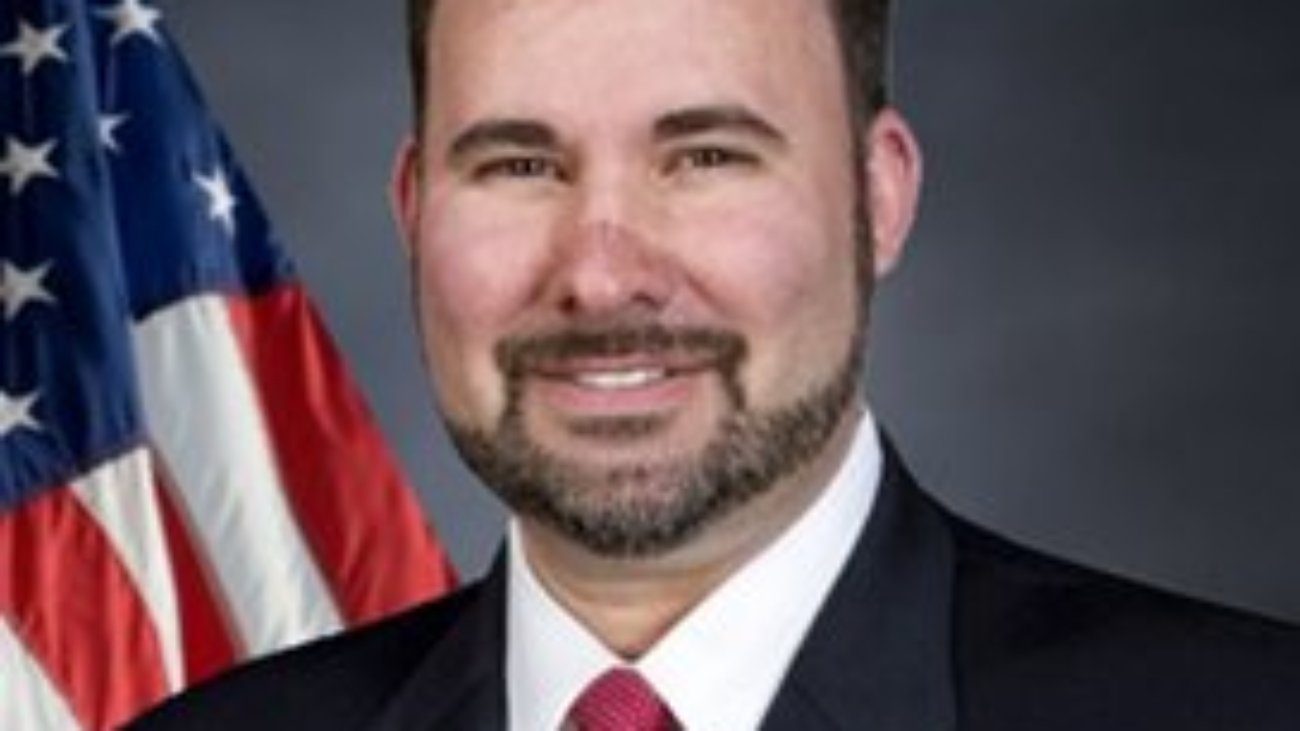More than 100 House lawmakers on Wednesday reintroduced legislation that would grant health care workers at the Veterans Affairs Department with full federal sector collective bargaining rights.
The VA Employees Fairness Act (H.R. 9855), introduced by Rep. Mark Takano, D-Calif., would remove additional guard rails placed upon unions representing VA doctors, nurses and other health care workers, who are hired under Title 38 of the U.S. Code. Most federal workers are hired under Title 5.
Currently, Title 38 restricts VA health care workers’ ability to bargain over issues related to compensation, peer review and matters of professional conduct or competence. Though Title 5 employees also cannot bargain over pay, the law governing VA clinicians hampers some unions from negotiating over issues like scheduling or rectifying payroll errors.
Additionally, past administrations who were hostile to labor have interpreted Title 38’s restrictions to have a much broader scope than Democrats and unions say was intended by its authors. During the Trump administration, the VA controversially banned official time—the practice by which union officials who also serve as federal employees are compensated for their time spent on representational matters, such as representing an employee during disciplinary proceedings or negotiating with management—for Title 38 employees, arguing that the practice impacted “direct patient care.”
“VA health care workers work tirelessly to provide high-quality care to our nation’s veterans and their families,” Takano said in a statement. “This bill would grant these essential workers the collective bargaining rights that they deserve and have been fighting for, as well as help VA improve employee retention. This is the right thing to do.”
Leaders of unions that represent VA workers quickly endorsed the measure’s reintroduction.
“For decades, our union has sounded the alarm about how the lack of collective bargaining rights and fair working conditions has driven thousands of VA health care providers, a third of whom are veterans themselves, to the private sector,” said Alma Lee, president of the American Federation of Government Employee’s VA Council. “On behalf of the 304,000 VA employees our union represents, 75,000 of whom would be impacted by this law, we applaud Rep. Takano for introducing critical legislation that provides voice to those who work day and night to provide the highest quality of care to our nation’s veterans.”
“Health care providers across the federal government are afforded collective bargaining rights, except for those caring for our nation’s veterans,” said National Federation of Federal Employees President Randy Erwin. “The dedicated nurses, physicians, physician assistants, dentists and other clinicians serving within the VA deserve the ability to collectively bargain on key topics as it relates to fulfilling their critical mission of providing the very highest standard of care. VA professional clinicians must have the opportunity to bring issues affecting veterans’ health care to the bargaining table for discussion.”
But with just three months left in the congressional session—and all of October marked off for the legislature’s pre-election recess—the bill stands little chance of passing this year, particularly given the GOP’s control of the House. Among the bill’s 104 cosponsors are only two Republicans: Rep. Don Bacon, R-Neb., and Guam’s non-voting Congressman James Moylan.











